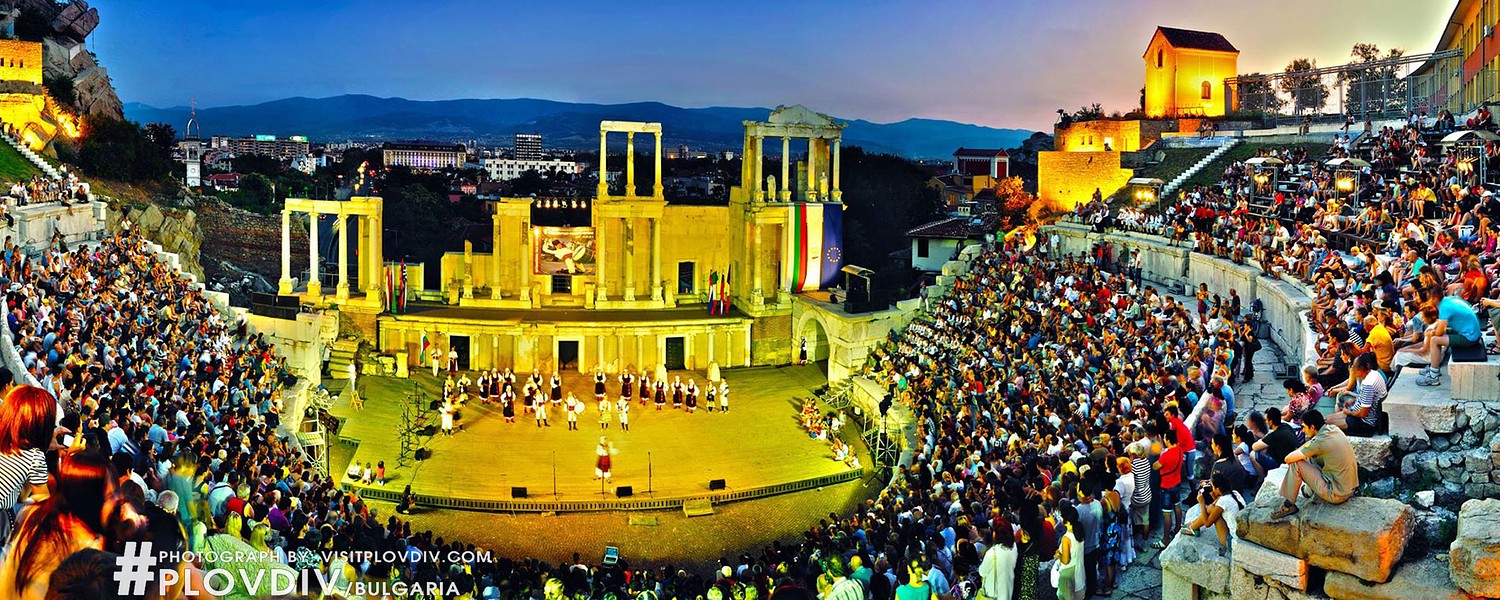
Archaeological Complex Nebet Hill
The earliest settlements on the territory of Plovdiv are dated back to the VI millennium BC. There were several Prehistoric settlements on the territory of the modern city, but the oldest and most important one was located on a hill known as Nebet tepe.
During the Hellenistic period the town began to spread towards the foot of the hills. At Nebet Hill there are found ruins of dwellings and fortifications dating from this period.
The complex of Nebet tepe continued to play an important role as a part of the fortification system of the city until the XIV century. A notable finding of that later period is a water reservoir of 350 cubic meters.
Read more













